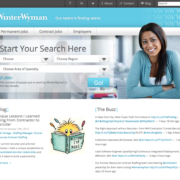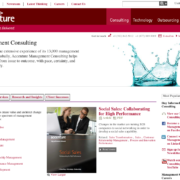Is Removing Top Navigation a Web Design Trend to Avoid?
For the most part, I’d answer yes, but at the same time, it may be inevitable.
By the time a web design trend is recognized as such, it is a fait accompli, and practically all new sites begin to look the same. Take a look at the most recent web trends such as Parallax scrolling, long scrolling pages, use of icons, full bleed images, infographics and the list goes on.




 Back in January, I wrote a post on
Back in January, I wrote a post on 
